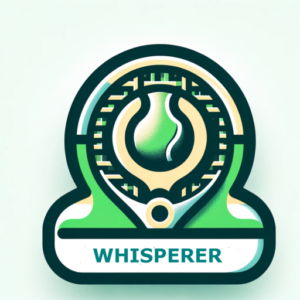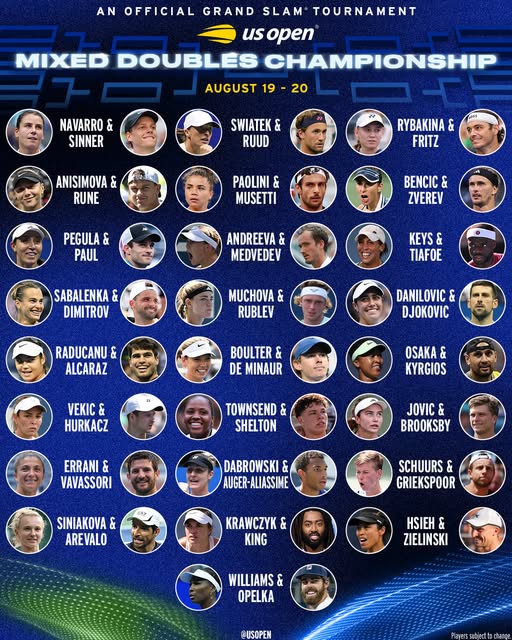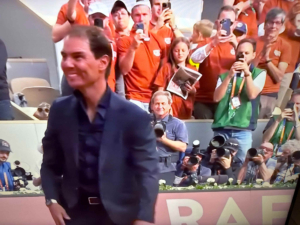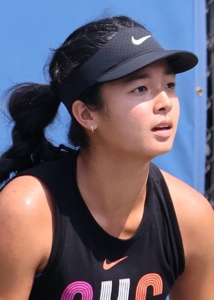Overcoming Adversity: Weatherald’s Journey to the Baggy Green
Overcoming Adversity: Weatherald’s Journey to the Baggy Green
Every athlete dreams of reaching the pinnacle of their sport. For Jake Weatherald, that dream now includes a baggy green cap!
This month, Jake received the call-up to Australia’s Test cricket team for the Ashes. It’s the highest honour in Australian cricket—and for Jake, it’s the culmination of a journey defined not by easy ascents, but by resilience through adversity.
From Promise to Pressure
At 22, Weatherald burst onto the scene in the Sheffield Shield final with flair and firepower. A Big Bash century soon followed. To the world, he looked like a star in waiting. But internally, the pressure mounted. Jake was not just chasing success—he was consumed by it.
Obsessed with improvement and plagued by obsessive-compulsive thinking, his game became a grind. The joy faded. Off the field, even moments of relaxation became strained. Something had to give.
Choosing Courage Over Collapse
By late 2020, Jake made the hardest choice a professional athlete can make: he stepped away. With support from his wife, SACA, and coaches like Jason Gillespie and Jamie Siddons, Jake began the real work—not on his cover drive, but on his inner world.
“I wasn’t the best human going around… but when I came back, I had perspective,” he reflected.
Rebuilding From the Inside Out
With mentorship from Chris Rogers and Mike Hussey, and a move to Tasmania that required grit and patience, Jake rebuilt not just his technique, but his entire philosophy of batting.
Gone was the fear of failure. In its place: clarity, presence, and belief. Hard conditions? Elite bowlers? Now, they’re not threats—they’re opportunities.
The Call Every Cricketer Dreams Of
On a quiet Wednesday morning, Weatherald’s phone rang. It was George Bailey.
Jake had been selected to represent Australia in the Ashes Test squad—an elite group in one of the most iconic rivalries in sport.
“I tried to play it cool… but I was screaming in my head,” he admits. “It’s a pipedream.”
Lessons for Every Competitor
-
Perspective is power: Success without identity is fragile.
-
Breakdowns can become breakthroughs.
-
Mental health isn’t separate from performance—it is performance.
-
When the game feels bigger than you, anchor yourself in what matters beyond it.
Wrap
Jake Weatherald’s selection in the Australian Test team is a triumph of both talent and tenacity. His story reminds us that adversity isn’t the enemy—it’s the crucible that forges champions. Because the elite don’t just survive tough times—they’re shaped by them.
And when the moment comes—like a call to the Test team—you’re ready. Because you’ve already faced tougher battles. And won.
Good luck Jake!








